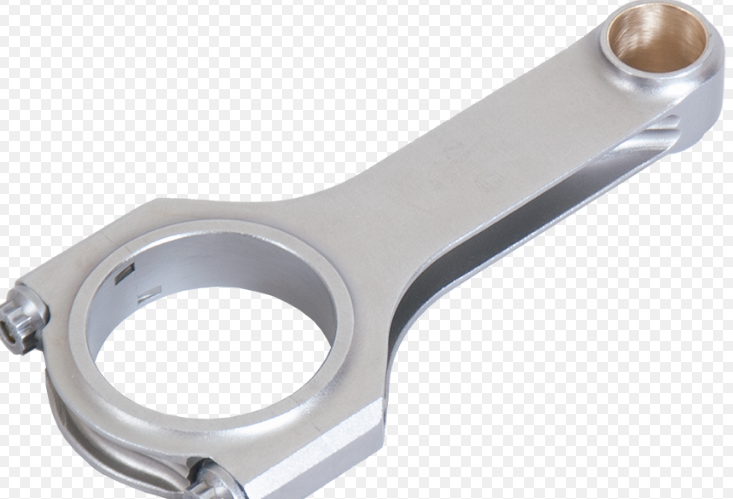When we dive into the world of mechanical engineering, especially the realm of engines, one component stands out for its pivotal role – the connecting rod. In essence, a connecting rod is a crucial element in various types of machinery, predominantly in internal combustion engines. It acts as a conduit for motion from the piston to the crankshaft, converting reciprocating motion into rotational motion, a key operation principle of these engines.
Understanding the Role of a Connecting Rod
A connecting rod is an integral part of the engine’s mechanism. It serves as the connecting link between the piston and the crankshaft. When the piston moves up and down, the connecting rod transforms this linear movement into a rotational motion, which drives the crankshaft. The functionality of engines heavily relies on this crucial transformation of motion.
Anatomy of a Connecting Rod
Connecting rods are engineered with precision to withstand immense forces and pressures. They usually have a long, cylindrical form with two flat ends. One end, typically larger, is designed to connect with the crankshaft. This end is often referred to as the ‘big end.’ The other, smaller end, known as the ‘small end,’ fastens to the piston. These rods are usually crafted from high-strength materials like steel or aluminum, each offering unique properties and advantages.

Material Choices and Their Impact
The material used to manufacture connecting rods significantly impacts their performance, durability, and the overall functioning of the engine. Steel rods, known for their exceptional strength, are common in high-performance applications. Conversely, aluminum rods are lighter, helping to reduce the overall weight of the engine, thus boosting efficiency.
Connecting Rod Failures and Maintenance
Even with their robust construction, connecting rods are not impervious to failure. Material fatigue, incorrect installation, or inadequate lubrication are common culprits that can lead to rod failure. Hence, routine inspection and maintenance are paramount for early problem detection and to avoid devastating engine failures.
To encapsulate, the connecting rod is a significant component of internal combustion engines, seamlessly converting linear motion into rotational motion, thereby powering the engine. Crafted from resilient materials and designed to endure considerable stress, these rods mandate regular maintenance to ensure their optimal performance and longevity.